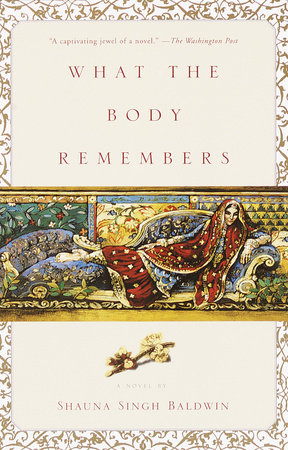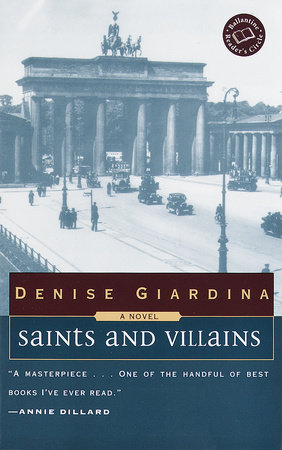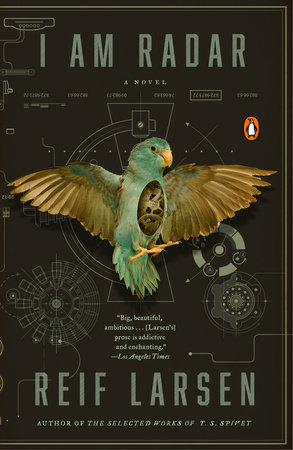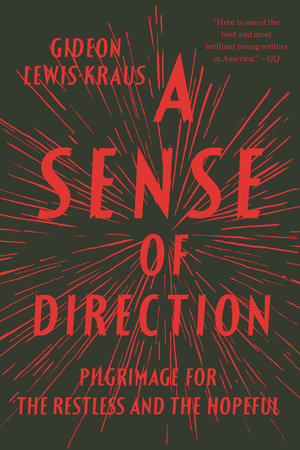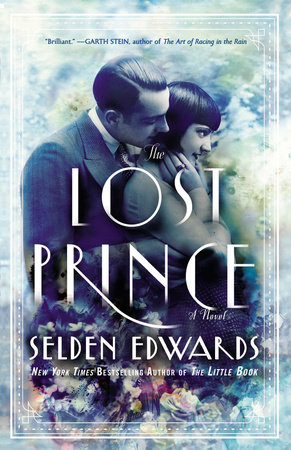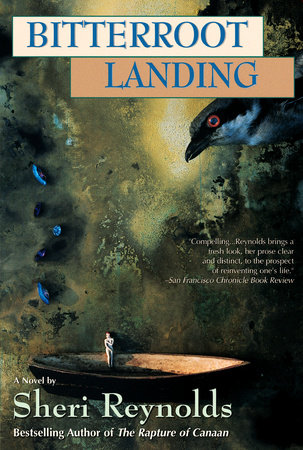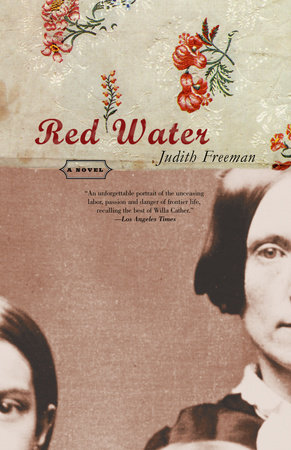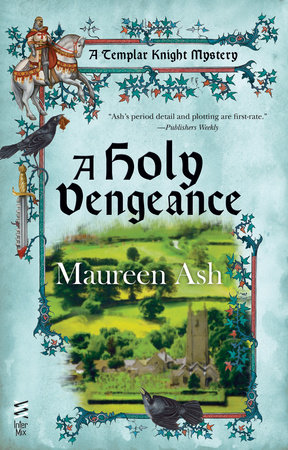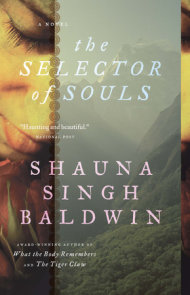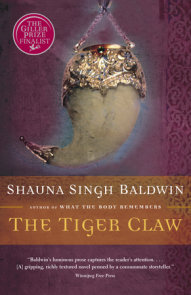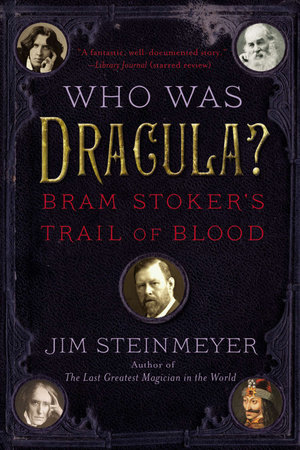Author Q&A
Can you tell us how you became a writer?
I read voraciously and omnivorously as a kid. My mother’s only rule was “no comics.” My mental map of each city where we lived begins with the bookstores that were my babysitters — Dillons in London, The Book Shop, Faqir Chand’s in New Delhi, When I was eleven, my grandfather handed me the two volumes of H.G. Wells’ History of the World and told me to go read them and then be prepared to discuss. The grownups always thought reading couldn’t hurt — but I found reading can hurt. Active reading opens up the world, violent, immoral and joyful. Active reading opens up story and counterstory. Counterstories are very interesting.
I kept a journal from about eleven, describing things, writing down interesting phrases, quotations and poems. At eighteen or so, I noticed that, excepting in Sci-fi, the stories that came my way were about people who were fair with blond or red hair. After a while, I realized I should either quit complaining or write the books I wanted to read. So I tried, collaborating on a non-fiction book, A Foreign Visitor’s Survival Guide to America, published in 1992, and then taking to fiction with English Lessons and Other Stories, published in 1996. Now I listen to my own complaining and when it gets loud enough it’s time to write another book. But I don’t feel I can claim to be the writer I want to be as yet — I have a long way to go!
What inspired you to write this particular book? Is there a story about the writing of this book that begs to be told?
My grandmother, Raminder Sarup Singh, came from India to visit me in the USA in 1996. At my urging, she began writing a memoir — “for fun” — we thought. But it was a terribly painful exercise. She would cry and write, cry and write. As I was reading it, I became appalled by my own ignorance. How come I didn’t know her story? I knew my grandfather’s stories, but I’d never asked her to tell her story. Yet this was someone I had lived with off and on, then met every day for years. I knew nothing about polygamy, the Partition, surrogate motherhood…how was my grandmother’s story unique and how was it like that of other women of the time? Back to the library. But the story had captured my imagination. One night, soon after my grandmother left, I woke up at 2 am and wrote a short story called Satya. It won the CBC Literary Award in 1997 and became the first chapter of What the Body Remembers. Meanwhile, my grandmother and I continued to correspond — her memoir has grown to about 70 pages, and is still in progress. I continued to read and research so I could ask better questions, and began interviewing her contemporaries. In 1997 my husband and I travelled to Pakistan, and visited my grandmothers village, Pari Darveza, and the gurdwara where she was married. We even went through the Khyber pass and came within four miles of Jalalabad — but that didn’t find its way into What the Body Remembers, as it was only distantly related to the story.
What is it you’re exploring in this book?
Power relationships between the colonizer and the colonized, and how that trickles down to become the colonization of women by men. The pressures of history, religion, and the economics of colonialism on men and women. What must it be like to live under polygamy? What is the difference between a woman’s choice and her consent? A woman’s oppression of another woman as she uses her for surrogate motherhood. What does it feel like to give up your children? What did it feel like to be among the 17 million people displaced by the Partition? How could it have happened?
Who is your favourite character in this book and why?
Don’t ask me to chose. Even minor characters come with life histories and relatives and voices — all have been loved into being and trimmed down for the flow of the story.
Do you have a favourite story about being interviewed about your book?
Here’s the first question I was asked in my first interview for What the Body Remembers, by a South Asian reporter: "So, when did you first get sucked in by Western Feminism?"
I said, “Around the end of the fifteenth century when the founder of the Sikh religion stated that men and women are equal.”
A Canadian reporter greeted me with: "So you’re the latest Bharathi Mukherjee?"
I said, “No, I’m the latest upgrade of Shauna Singh Baldwin.
A Euro-American woman came up to me after a reading and said, "I met a Sikh once — Sikhs make very good doormen."
I said, "Would you like me to hold the door for you or write books for you?"
A mystified reporter in Calgary asked, "Who are you writing for?"
Answer: "Anyone who reads in English. By the way, would you ask this question of a Euro- Canadian writer?"
An academic in Chicago sneered, "Writers like you just provide ethno-tainment for white culture."
Answer: "Would you rather we stopped writing?"
Are there any tips you would give a book club to better navigate their discussion of your book?
It is solitary work to bring a novel to birth over three to four years, but so rewarding when readers like you begin discussing the ideas and characters. Then the novel takes on a life of its own and doesn’t need me any more.
My books seem to address two audiences — one for whom they are written, the other at whom they are written. What the Body Remembers, like English Lessons and Other Stories and A Foreign Visitor’s Survival Guide to America, usually finds both audiences.
What the Body Remembers is the story of two Sikh women, Satya and Roop in a polygamous marriage to Sardarji (the name equates to ‘Mister’ or ‘Monsieur’ — it was not the custom to call your husband by his first name in those days). It takes place in Occupied India, in the region that is now Pakistan. Those were years of British physical and mental colonization, of the struggle of the brown man to be considered a person, and a time of miserably low literacy. In oral cultures "stories are not told for the telling but for the teaching", whereas in our time, a time when stories are no longer told, but read, I wanted to explore what it must have been like to live in those times, as a younger woman, an older woman, a colonized brown man.
At bookclubs like yours, women in Canada, the US, India, S. Africa and Australia have discussed the similarities between their own so-called "post-colonial" societies and the one in which Roop and Satya lived, particularly with regard to issues of class in female relations, surrogate motherhood, right to own your body, and the institution of polygamy (60,000 women in the USA and others in many parts of the world still live under polygamy. It was outlawed in 1956 for Sikhs and Hindus in India).
Economics is key to understanding the continuing importance of sons; in economies with no social security or health insurance sons and other male relatives are all people have in sickness or old age. As any traveller to India or Pakistan knows, these economics and the absence of social security persists in these and other non-welfare underdeveloped nations today, often legacies of colonialism, and the result of multinational neo-colonialism. Requirements of providing for old age lead to an overvaluation of sons and an undervaluation of women, even by women themselves. Sometimes readers in North America who accept Social Security/Social Insurance and Medicare as a birthright confuse a woman’s recognition of economic dependence and self interest with "low self‑esteem".
In some bookclubs, readers have discussed What the Body Remembers as "a feminist book" and others as historical fiction — "a Partition novel" — and of course it is both, assuming you define feminism as the radical idea that a woman is a person. Some readers get the analogy between Sardarji’s marriage and the larger political scene at once, and for some it has to be pointed out. Some readers think how awful are the problems of women "over there", forgetting that many of us are second and third wives in the North American culture of serial monogamy and the children the usual battleground. A few men have said they don’t find any redeeming qualities in the male characters, but most women readers disagree. Male readers do get impatient to skip ahead to the war scenes, and some say they are not bloody enough to describe what Partition was really like. But if you do, you miss the larger point: that violence is never random madness but has deep mythological and economic causes that begin from personal and domestic power and economic relations. Some say there are "too many books on Partition" — at which point I feel compelled to mention that there are about 600 non-fiction and fiction books on the Partition, while there are 70,000 non-fiction books about the American Civil War. In 2004, 145 books were published about Abraham Lincoln.
Moments of empathy such as Roop experienced on the death of Satya or that we experience when reading a story tell us that but for a few years difference and geography, any of us could have been Satya or Roop. And as Roop learns, eventually we are not as different from our enemies as we think we are.
Sadly, the problems faced by any minority in a democracy, be it India, Pakistan, the UK, Canada or the USA, are similar. If you’re Canadian, as I am, separatism and threats of Partition are ever‑present to non-English, non-French minorities. If you’re American, remember that 241 hate crimes were reported against Sikh-Americans in five days in the USA after the WTC Attack on Sept 11, 2001 because bigots believe that because our men wear turbans, we are related to Bin Laden. At the same time Arab-Americans and Muslim-Americans began to catch it. The far Right continues to promote the mingling of church and state, and bigots equate religion and race — when you read What the Body Remembers, you can project possible results of present trends. Sure, it could happen here.
So: I hope you love my characters as much as I do, and that the book gives you an insight into their times and our times.
Has a review or profile ever changed your perspective on your work?
No. My project — whatever it turns out to be — seems to be larger than one work, bigger than one story. Often reviews reveal more about the reviewer than about my book. Quite a few get their history off web sites these days and believe everything they read because it came off a computer. I’d like to be given a little credit for having gone farther than the net for research.
Which books have been most influential to your own writing?
The Guru Granth Sahib by the ten Sikh gurus, is probably the biggest influence on my moral vision of the world. Sometimes I call on the rhythm of the epics and poetry I grew up with — the Mahabharat, the Ramayan, Whitman, Shelley, Byron, Chaucer — but of course I’m not aware of that at the time.
How, if at all, did studying something as traumatic as the Partition affect you personally?
I wept through much of the writing of What the Body Remembers, but I became grateful to the story and its characters eventually, grateful for making me see why the Partition reaches into the present, why it permeates our lives as an unresolved, un-mourned event. For example, from 1999 to 2002, Hindu fascists published 400-page reports of violence from 1947 on the net to stir up anger against Muslim minority communities in India. Similarly, fear of Partition-style violence keeps minorities in Pakistan from asserting their civil rights. We have no memorials to those who paid in lives, land, blood and conscience for Indian or Pakistani independence, no understanding that 17 million people were displaced in both countries, or that 5 million people died (both country figures). I don’t believe memorials can stanch this psychic wound, but something like the South African reconciliation trials might help us all before we say farewell in this decade to the generation that experienced Partition. Because Partition is unexamined and undocumented in so many ways and since Bush never learned about it or understood it in history classes he might have taken at Yale, the world is considering a repeat of that “solution” today, this time for Israel.
If you weren’t writing, what would you want to be doing for a living? What are some of your other passions in life?
I would like hundreds of different careers — an actress, a polo-player, a composer, a pianist, a radio-producer, a rickshaw-wallah, a magician, a photographer, an ayah, a doctor, a lawyer, a publicist, a weaver, a farmer, a gardener, an architect…. Fiction allows me to explore what it would feel like to have such skills and experiences.
Other passions: meeting and talking with people, finding out their stories. I enjoy walking, swimming, riding horses, skating, playing hockey, and traveling with my husband.
If you could have written one book in history, what book would that be?
"The Annual Guide to Neo-Colonial Empires, Occupations and their Internal and External Resistants." (What? It hasn’t been written yet?)
Shauna Singh Baldwin
Milwaukee, WI
Jan, 2005
